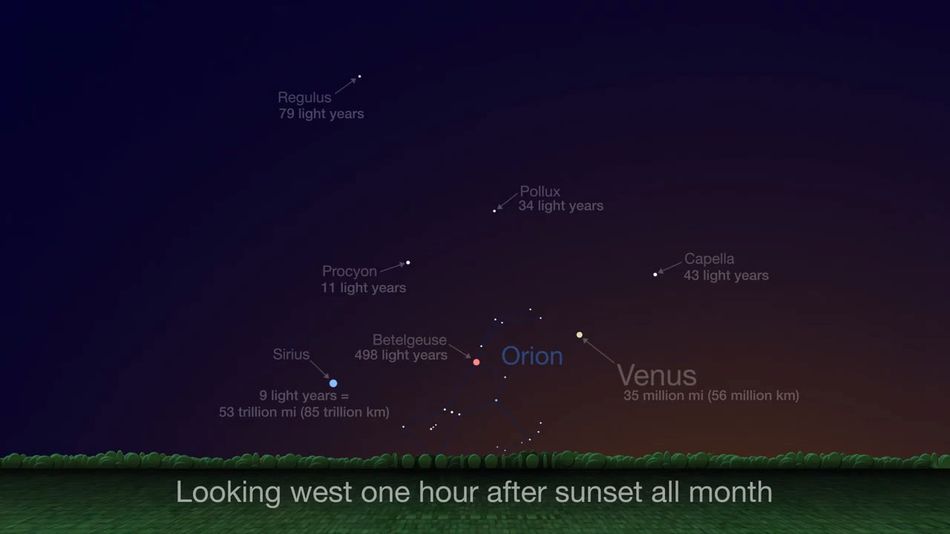Here’s a wholesome quarantine activity: For the rest of May you can view bright objects in our solar system and beyond — both before sunrise and after sunset.
NASA reminded us on Saturday that an hour before sunrise every day in May, the likes of Mars, Jupiter, Saturn, and the Moon should visible to the south. (Depending on where you are, of course, and bearing in mind that clouds, buildings, or topography might be in the way.)
And an hour after sunset during May, the profoundly bright planet Venus and some distant stars can be spotted too (to the West).
“Many of us are staying home these days, and it’s normal to feel kind of cooped up, yearning for wide open spaces and more distant horizons,” the space agency wrote. “If you find yourself feeling like that, this might be a good time to remember that we’re IN space, cruising through the solar system on our pale blue dot, with a vast, three-dimensional universe all around us.”
This month, in the hour before sunrise each morning, you’ll see a different May sky. Facing south, look up to see the: Moon, Mars, Jupiter, Saturn, & the distant stars: Altair & Fomalhaut. You may also see the red giant star: Antares. Skywatching tips: https://t.co/HTlEpYJJqp pic.twitter.com/DwnSDs4dDX
— NASA JPL (@NASAJPL) May 16, 2020

Skywatching in May 2020.
Image: nasa
Even in cities and urban areas with terrible light pollution, profoundly bright planets like Venus and Jupiter are conspicuous sights, along with the stars Sirius (bluish) and Betelgeuse (reddish). Sirius, a star nine light years away, is the brightest star visible from Earth.
After the sun sets during May, also remember what you can’t see, or can barely make out— far beyond the horizon. That’s the outskirts of the Milky Way galaxy.
“So when you’re looking westward in May’s early evening sky, think about how you’re looking outward through the disk of our galaxy, toward its outer edges, thousands of lightyears away,” said NASA.
